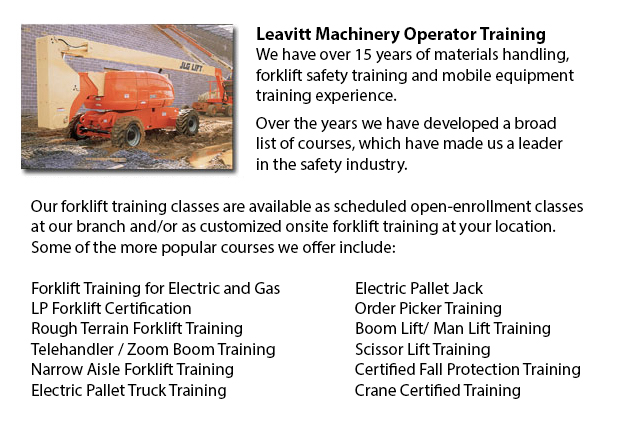
Coquitlam Boom Lift Safey Training - Boom lifts are a kind of elevated work platform or aerial lifting device which are usually used in industry, warehousing and construction. Boom lifts can be utilized in virtually any setting due to their versatility.
The elevated work platform is utilized to be able to enable access to heights that were otherwise inaccessible utilizing other means. There are dangers inherent when making use of a boom lift device. Workers who operate them have to be trained in the correct operating procedures. Accident prevention is paramount.
The safety factors that are involved in boom lift operation are included in our Boom Lift Training Programs. The course is best for individuals who operate self-propelled elevated work platforms and self-propelled boom supported elevated work platforms. Upon successfully finishing the course, participants will be issued a certificate by an individual who is licensed to verify finishing a hands-on assessment.
Industry agencies, local and federal regulators, and lift manufacturers all play a part in establishing standards and providing information so as to help train operators in the safe utilization of elevated work platforms. The most essential ways to avoid accidents connected to the utilization of elevated work platforms are the following: having on safety gear, performing site assessment and inspecting equipment.
Vital safety considerations when operating Boom lifts:
Operators need to observe the minimum safe approach distance (MSAD) from power lines. Voltage could arc across the air to find an easy path to ground.
A telescopic boom must be retracted before lowering a work platform to be able to maintain stability when the platform nears the ground.
Boom lift workers must tie off to guarantee their safety. The harness and lanyard apparatus have to be connected to manufacturer provided anchorage, and never to other poles or wires. Tying off may or may not be needed in scissor lifts, depending on particular local rules, employer guidelines or job risks.
The maximum slope would be specified by the manufacturer. Workers should avoid working on a slope, whenever possible. When the slope is beyond recommended conditions, the lifting device must be transported or winched over the slope. A grade can be easily measured by laying a minimum 3-feet long straight edge or board on the slope. After that a carpenter's level could be laid on the straight edge and the end raised until it is level. The per-cent slope is attained by measuring the distance to the ground (the rise) and then dividing the rise by the length of the straight edge. After that multiply by 100.
-
Coquitlam Crane Certification
Coquitlam Crane Certification - The Crane Certification training program consists of subject matter recommended by industry concerning the safe and efficient operation of cranes. Trainees will be taught the following: how to identify cranes and their... More -
Coquitlam Crane Training Courses
Coquitlam Crane Training Courses - A crane is a kind of equipment designed to move, lift and lower heavy stuff. A crane is usually equipped with a hoist, sheaves, and chains or wire ropes. Cranes are used in the manufacturing, construction and transp... More -
Coquitlam Boom Lift Training
Coquitlam Boom Lift Training - Aerial platforms or also known as elevated work platforms are devices which allow workers to carry out duties and tasks at elevated heights that would not be otherwise reachable. There are different aerial lifts availab... More -
Coquitlam Forklift Certification Schools
Coquitlam Forklift Certification Schools - Forklift Certification is mandatory within North America. Hence, forklift training programs are important both for businesses and for people looking for jobs in industries as operators of forklifts. Forklift... More -
Coquitlam Wheel Loader Training
Coquitlam Wheel Loader Training - Normally, the different types of heavy equipment training are divided into 2 categories of equipment: those that have rubber tires and tracked vehicles. Tracked vehicles include items like for instance bulldozers, ex... More -
Coquitlam Heavy Equipment Training Schools
Coquitlam Heavy Equipment Training Schools - There are a lot of heavy equipment training schools to choose from. If you would like to get to the best, it is important to examine several factors of the school to be able to determine the level of educa... More -
Coquitlam Telehandler Training Courses
Coquitlam Telehandler Training Courses - Employers are responsible for making sure that their supervisory and operating personnel are trained to work proficiently making use of telehandler equipment. The skill level of workers should be assessed. If... More -
Coquitlam Forklift Training School
Coquitlam Forklift Training School - Forklift Training School - Industry and federal regulators have established the criteria for forklift safety training based on their existing standards and regulations. People wishing to use a forklift must finish... More

Forklift Certification Coquitlam
TOLL FREE: 1-888-254-6157
Coquitlam, British Columbia
forkliftcertificationcoquitlam.com
Email Us
About Us


